Types of inventory management technology
Back in the day, inventory was counted by hand. While that’s still done in many cases, whether due to a small budget or the need for an audit, technology has helped make keeping count easier. Below we cover several types of inventory management technology that you can incorporate into your business to streamline operations.
1. Barcodes
Experts across inventory management agree that traditional barcodes are still a good solution for keeping track of items. Jason David, CEO of Software Portal, says there’s really no cheaper or easier way to physically tag products. “Barcodes can be created and printed using off-the-shelf solutions available in the market. Then it’s just a matter of putting in the legwork of labeling each item.”
Barcodes (also called one-dimensional, 1D, or linear barcodes) hold information that a barcode scanner can read, enabling you to easily access data about a particular item. But David notes that even barcode scanners, which are typically handheld machines, can be nixed for further cost reductions: “You can skip the special hardware traditionally used for reading and processing barcodes by creating an app that can accomplish the same actions on a smartphone instead.”
However, barcodes do have their limits. Since the information is organized horizontally from left to right, each barcode can only hold about 25 characters max.
2. QR codes
QR codes are the next generation of barcodes — which is why they’re often called 2D barcodes. Like their predecessor, QR codes offer businesses an economical way to physically tag their products and hold relevant information that can be accessed with a barcode scanner. However, QR codes are more complex, organizing information both horizontally and vertically. Each one can hold up to 2,000 characters.
Dana Hooshmand, consultant at Hooshmand.net, says QR codes are cheap and foolproof: “You can create them at a low cost, often for free. You can then scan them with a traditional barcode scanner or with an app on your smartphone, and log them in an inventory management system or a spreadsheet. It’s a relatively easy process — just like barcodes.”
3. RFID tags
“RFID tags are the natural evolution of the barcode family,” says David. The tagging element remains the same with RFID tags. What changes is how the tag is read. RFID — which stands for radio frequency identification — uses radio waves to transfer data. That means tags can be read up to 20 or more meters away, depending on the system and hardware used.
According to David, RFID technology can also process multiple tags at once, rather than one at a time as with traditional barcodes. “So why can’t we simply run a wand over our entire shopping cart at checkout, rather than scanning each individual item?” he asks. “Because RFID is more expensive than barcodes. It’s probably not worth the investment for a local grocer, but it may be for larger organizations with more complex, scalable needs.”
4. POS systems
The point of sale (POS) system is a technology that David says people often overlook in inventory management. “But it’s also the most important and valuable piece of the inventory management puzzle in my book,” he says.
In simple terms, David says, your inventory has two possible states: An item is either present, or it’s not. “When a customer buys an item, if your system doesn’t update that state, you’re not going to keep an accurate inventory count. A POS system ensures your inventory is updated automatically as the products are purchased.”
Which technology should you use?
David explains that each of these technologies is good in their own right, but they work best in concert. “For example, POS systems work well with barcodes or RFID tags to track and count inventory in your warehouse so orders can be accurately fulfilled in a timely manner. Together, these technologies help modernize inventory management practices.”



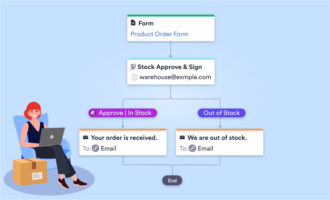
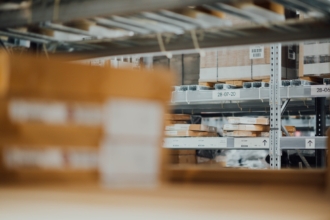

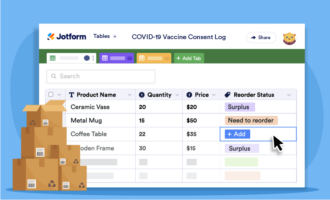

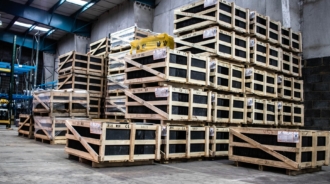
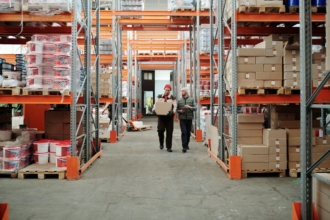
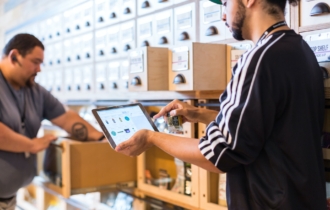
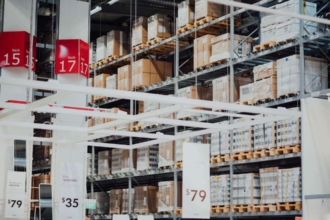





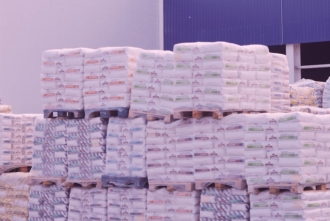
Send Comment: